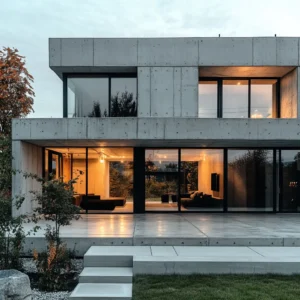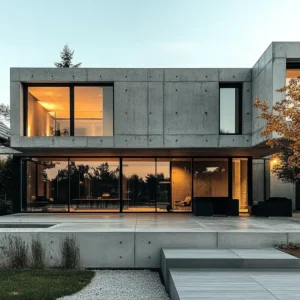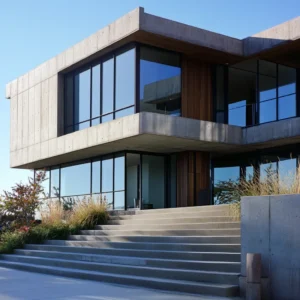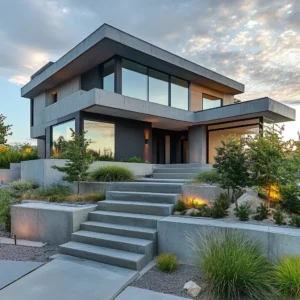Construction résidentielle
Introduction to Fiber-Reinforced Concrete in Residential Construction
Fiber-reinforced concrete (FRC) is a composite building material that includes fibrous substances that increase its structural integrity. It reduces cracking, increases impermeability, and provides an excellent load-bearing capacity. Fiberego’s innovative use of fibers like polypropylene, polyester, steel, and cellulose is particularly beneficial in residential construction settings where durability and safety are paramount.


Application of Fiber-Reinforced Concrete in Residential Floors and Slabs
Enhancing Durability and Load-Bearing Capacity
In residential construction, floors and slabs need to withstand significant loads and foot traffic. Polypropylene and steel fibers are especially effective in increasing the tensile strength of concrete, thereby enhancing its load-bearing capacity and reducing the risk of cracking. This application not only extends the lifespan of the concrete but also minimizes maintenance needs.


Improving Impact Resistance and Comfort
Fiberego’s polyester and cellulose fibers improve the impact resistance of concrete, making floors and slabs more durable against daily wear and tear. Additionally, these fibers can improve the thermal and acoustic insulation properties of the floors, enhancing comfort levels within homes.
Utilizing Fiber-Reinforced Concrete in Walls and Partitions
Structural Integrity and Crack Resistance
Walls and partitions made with fiber-reinforced concrete offer superior resistance to cracking. Steel and polypropylene fibers distribute stress across the concrete more evenly, thus preventing the formation of cracks which can occur due to thermal expansion or contraction.
Aesthetic Flexibility and Fire Resistance
Fiberego’s fibers allow for thinner wall constructions without sacrificing strength, offering more flexibility in interior design. Cellulose fibers, in particular, contribute to fire resistance, providing an added layer of safety to residential structures.


Advancements in Roofing and Waterproofing with Fiber-Reinforced Concrete
Enhanced Waterproofing Capabilities
The integration of polyester and polypropylene fibers in concrete mixes used for roofing creates a tighter, more impermeable matrix, significantly enhancing the waterproofing capabilities of roofs. This is critical in areas prone to heavy rainfall or snow.
Increased Durability and Reduced Lifecycle Costs
Steel fibers enhance the structural durability of roofs, effectively handling the dynamic loads caused by environmental factors such as wind and snow. The inclusion of durable fibers reduces the roof’s lifecycle costs by minimizing the need for repairs and replacements.
Conclusion: The Future of Residential Construction with Fiberego Fibers
Fiberego continues to lead the way in applying fiber-reinforced concrete solutions to residential construction. The company’s commitment to innovation and quality ensures that homes are not only aesthetically pleasing but also structurally sound and durable. As building standards evolve and demand for sustainable construction grows, Fiberego’s fibers are set to play an even bigger role in the future of residential construction.


